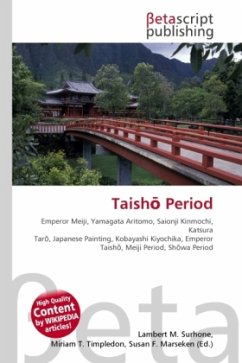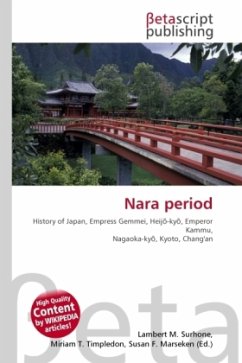Please note that the content of this book primarily consists of articles available from Wikipedia or other free sources online. The Yayoi period ( , Yayoi jidai) is an era in the history of Japan from about 500 BC to 300 AD. It is named after the neighbourhood of Tokyo where archaeologists first uncovered artifacts and features from that era. Distinguishing characteristics of the Yayoi period include the appearance of new pottery styles and the start of an intensive rice agriculture in paddy fields. The Yayoi followed the J mon period (14,000 BC to 500 BC) and Yayoi culture flourished in a geographic area from southern Ky sh to northern Honsh . A new study used the Accelerator mass spectrometry method to analyze carbonized remains on pottery and wooden stakes, and discovered that these were dated back to 900 BC 800 BC, nearly 500 years earlier than previously believed.







